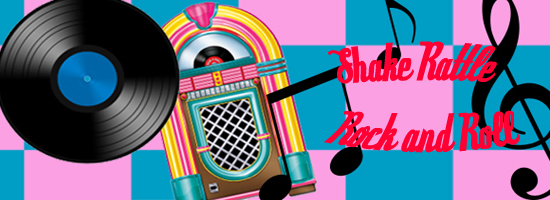Getting seniors to participate in rehabilitation can be challenging, especially those with dementia
I got to “meet” Christopher Krause the other day on the telephone. He’s the director of rehabilitation for It’s Never 2 Late (IN2L), a Senior Housing Forum partner. I was on a conference call with him and IN2L’s co-founder, Jack York.
First Chris reminded me that there’s just no exaggerating the value of physical, occupational and other therapies, especially in long-term care settings. Just take a quick look at some of the obvious benefits for older adults:
-
- increased mobility, flexibility, and range of motion
- reduced pain and swelling
- added functionality
- improved muscular strength
- expanded physical endurance and coordination, including agility and balance
- recovered fine and gross motor skills
- enhanced weight management
- boosted rate of healing
- decreased need for health care services
- added mental alertness and attention span
- improved problem-solving and organizational skills
- enhanced memory
- elevated ability to develop of new skills
- augmented relaxation and stress reduction
- increased self-esteem
- enhanced self-sufficiency
- reduced depression
- restored sense of pride and wholeness
- improved connections with family and community through fun activities
However, getting some seniors to participate in rehabilitation can be challenging, especially those with dementia. So, IN2L’s team got creative and began looking for ways to use their computer interface technology as a tool for therapy.
But before they could go into detail, I needed them to start with the basics, because I knew very little about IN2L. Jack and Chris filled me in, explaining that many older adults can’t get the hang of using a computer. They find it difficult, confusing and just give up. My 87-year-old mother is a case in point. She has real trouble manipulating a mouse, can’t remember it takes two clicks to open a program, and scrolling is just beyond her.
For many tech savvy Baby Boomers, who are assisting or making senior living placement decisions for their aging parents, lack of this type of interactivity is a deal breaker. And those with loved ones already in communities are requesting systems like this with greater frequency.
With IN2L’s picture-based, touch-screen interface virtually anyone can access this technology with minimal frustration. IN2L allows seniors to quickly, easily and pleasurably take advantage of the entire world of computers, including the Internet. They can e-mail, connect with family and friends via web cams, enjoy mind-stimulating games, share photos and video, and even improve functional abilities as part of a rehabilitation plan.
Creating Fun
Chris explained that IN2L computers are loaded with mind-stimulating puzzles, games, music, art making programs and, even, individual resident’s photos and memorabilia. “They’re designed to be fun,” Chris said. “Fun is one of our key values. And, we wanted to bring that to rehabilitation therapies.”
They began raising computers with their program so clients would use them standing up and have an opportunity to work on balance. Many of the programs bolster cognitive skills, like their “Home Video Assessment,” in which participants are taken through a home to find potential dangers and tell their occupation therapist what’s unsafe and why.
They shared a video of a senior living resident called Joanie, who had been mobile and independent but her dementia was progressing. She began to have falls and, while she could benefit from therapy, they just couldn’t get or keep her interested. Then her therapists made the connection that Joanie used to be a dancer and loved to dance. They stopped inviting her to therapy and instead invited her to dance. When they used IN2L’s Karaoke program, Joanie eagerly got up and got moving.
Watch the video, “Shake, Rattle and Roll,” here:
IN2L is mobile, adjustable, adaptable to individual preferences and scalable to big screens for group participation. It already is installed in more that 1,900 assisted living communities or nursing homes, and the company is dedicated to helping older adults realize the full benefits of adaptive computer technology.
By discovering and creating ways to use the system for rehabilitation, Chris stated, IN2L is “putting the FUN in FUNction.”
For more information, visit www.IN2L.com.
Pam







